Circa 2018
Frogs partly regrew their hind legs after a dose of the female sex hormone progesterone was applied to the wound site for just one day.
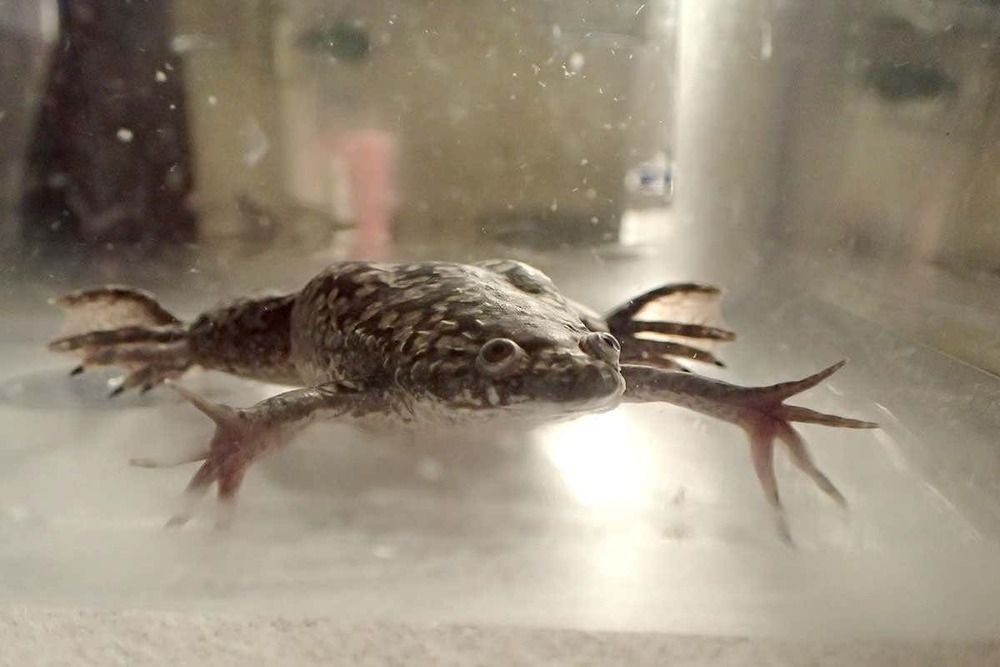
Circa 2018
Biologists are keen to understand how a type of flatworm known as a planarian uses powerful stem cells to regenerate an entire body from a headless sliver of itself.
HOUSTON — (Jan. 252021) — Wireless communication directly between brains is one step closer to reality thanks to $8 million in Department of Defense follow-up funding for Rice University neuroengineers.
The Defense Advanced Research Projects Agency (DARPA), which funded the team’s proof-of-principle research toward a wireless brain link in 2018, has asked for a preclinical demonstration of the technology that could set the stage for human tests as early as 2022.
“We started this in a very exploratory phase,” said Rice’s Jacob Robinson, lead investigator on the MOANA Project, which ultimately hopes to create a dual-function, wireless headset capable of both “reading” and “writing” brain activity to help restore lost sensory function, all without the need for surgery.
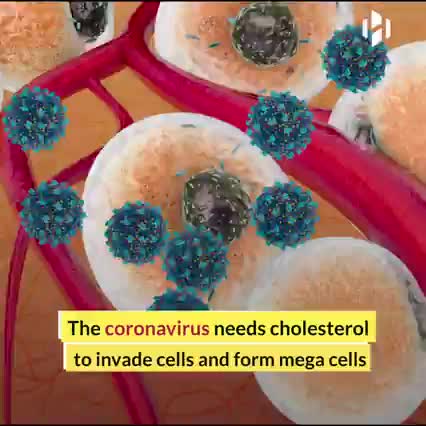
Gamers of the future should be prepared! 😃
NZ’s newest resident billionaire says BCIs could be used to change a person’s mood, help them fall asleep, and to create incredibly immersive games.
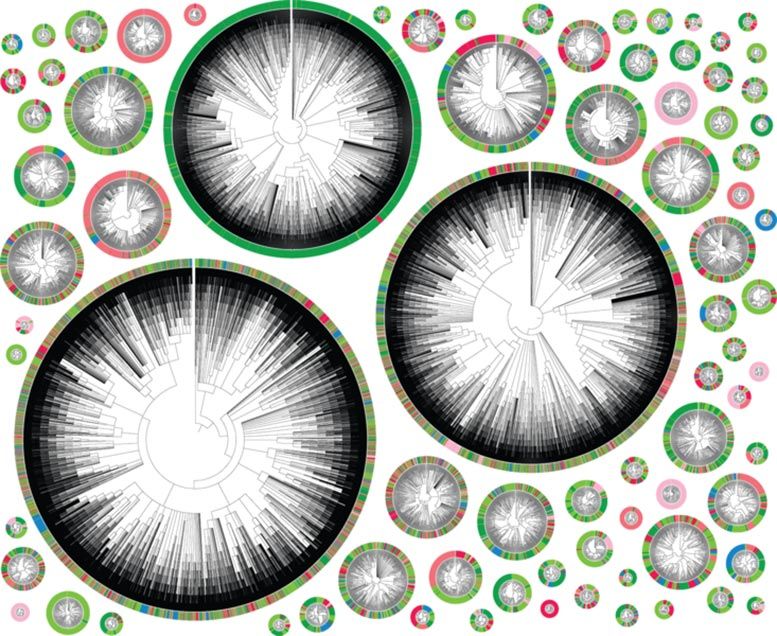
Using CRISPR technology, researchers are tracking the lineage of individual cancer cells as they proliferate and metastasize in real-time.
When cancer is confined to one spot in the body, doctors can often treat it with surgery or other therapies. Much of the mortality associated with cancer, however, is due to its tendency to metastasize, sending out seeds of itself that may take root throughout the body. The exact moment of metastasis is fleeting, lost in the millions of divisions that take place in a tumor. “These events are typically impossible to monitor in real time,” says Jonathan Weissman, MIT professor of biology and Whitehead Institute for Biomedical Research member.
Now, researchers led by Weissman, who is also an investigator with the Howard Hughes Medical Institute, have turned a CRISPR tool into a way to do just that. In a paper published on January 212021, in Science, Weissman’s lab, in collaboration with Nir Yosef, a computer scientist at the University of California at Berkeley, and Trever Bivona, a cancer biologist at the University of California at San Francisco, treats cancer cells the way evolutionary biologists might look at species, mapping out an intricately detailed family tree. By examining the branches, they can track the cell’s lineage to find when a single tumor cell went rogue, spreading its progeny to the rest of the body.
Researchers from Harvard University have 3D printed a school of soft robotic fish that are capable of swimming in complex patterns without the aid of Wi-Fi or GPS.
Inspired by the distinctive reef-dwelling surgeonfish, the team’s ‘Bluebots’ feature four fins for precision navigation, and a system of LEDs and cameras that enable them to swarm without colliding. The self-sufficiency of the tiny bots could make them ideal for ecological monitoring applications, in areas that wouldn’t otherwise be accessible to humans.
“Just by observing how far or close they are in a picture, they know how far or close the robot must be in the real world. That’s the trick we play here,” the study’s lead author Florian Berlinger told Wired.
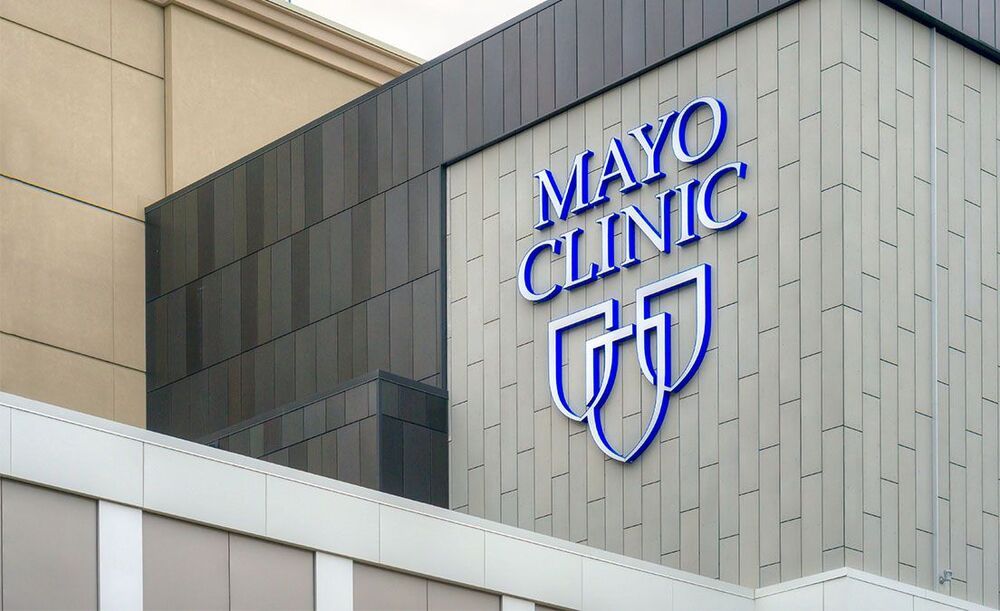
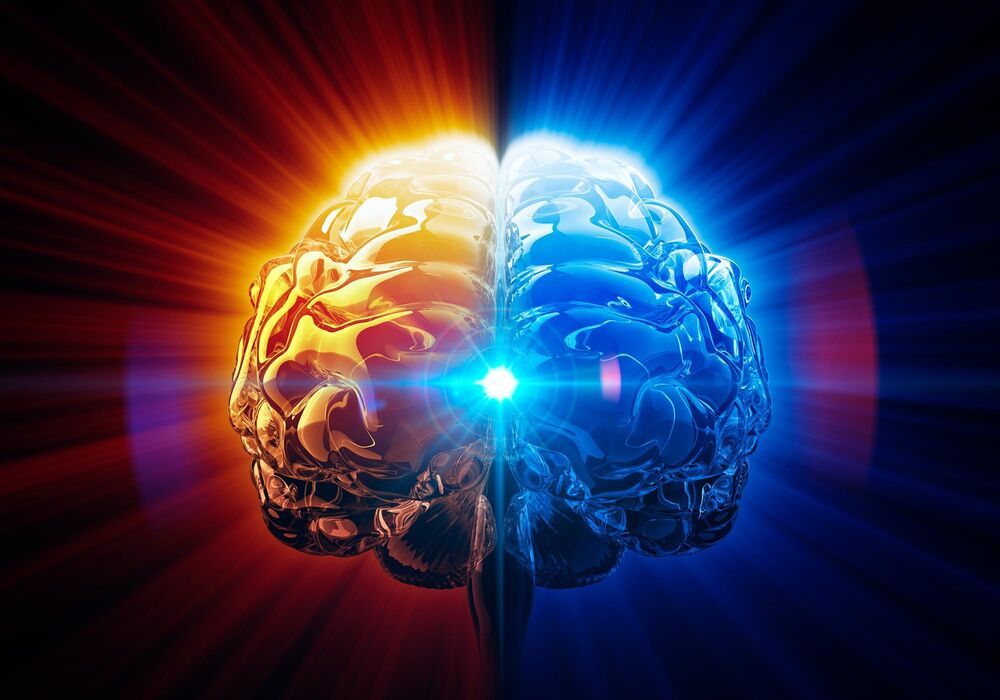
Researchers at Tokyo Medical and Dental University (TMDU) in Japan show that melatonin and its metabolites promote the formation of long-term memories in mice and protect against cognitive decline.
Researchers at Tokyo Medical and Dental University (TMDU) showed that melatonin’s metabolite AMK can enhance the formation of long-term memories in mice. Memory of objects were tested after treatment with melatonin or two of its metabolites. Older mice that normally performed poorly on the memory task showed improvements as dosage increased. The metabolite AMK was found to be the most important as melatonin failed to improve memory if it was blocked from metabolizing into AMK.
Walk down the supplement aisle in your local drugstore and you’ll find fish oil, ginkgo, vitamin E, and ginseng, all touted as memory boosters that can help you avoid cognitive decline. You’ll also find melatonin, which is sold primarily in the United States as a sleep supplement. It now looks like melatonin marketers might have to do a rethink. In a new study, researchers led by Atsuhiko Hattori at Tokyo Medical and Dental University (TMDU) in Japan have shown that melatonin and two of its metabolites help memories stick around in the brain and can shield mice, and potentially people, from cognitive decline.
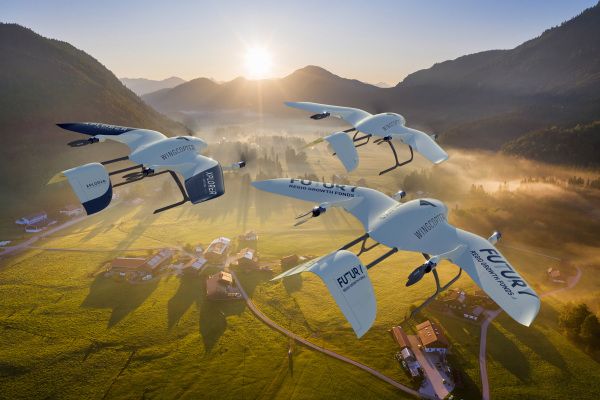
German drone technology startup Wingcopter has raised a $22 million Series A – its first significant venture capital raise after mostly bootstrapping. The company, which focuses on drone delivery, has come a long way since its founding in 2017, having developed, built and flown its Wingcopter 178 heavy-lift cargo delivery drone using its proprietary and patented tilt-rotor propellant mechanism, which combines all the benefits of vertical take-off and landing with the advantages of fixed-wing aircraft for longer-distance horizontal flight.
This new Series A round was led by Silicon Valley VC Xplorer Capital, as well as German growth fund Futury Regio Growth. Wingcopter CEO and founder Tom Plümmer explained in an interview that the addition of an SV-based investor is particularly important to the startup, since it’s in the process of preparing its entry into the U.S., with plans for an American facility, both for flight testing to satisfy FAA requirements for operational certification, as well as eventually for U.S.-based drone production.
Wingcopter has already been operating commercially in a few different markets globally, including in Vanuatu in partnership with Unicef for vaccine delivery to remote areas, in Tanzania for two-way medical supply delivery and in Ireland where it completed the world’s first delivery of insulin by drone beyond visual line of sight (BVLOS), the industry’s technical term for when a drone flies beyond the visual range of a human operator who has the ability to take control in case of emergencies.